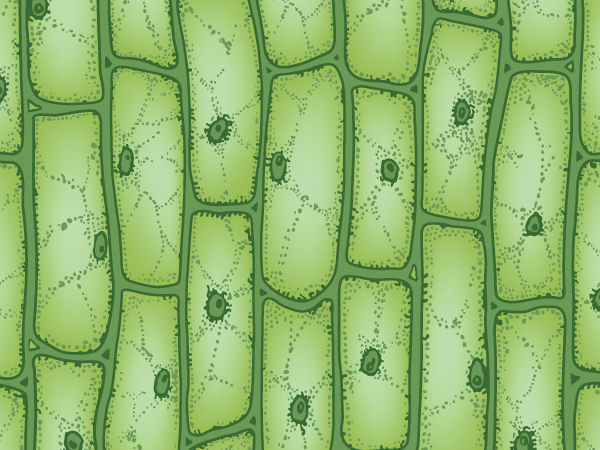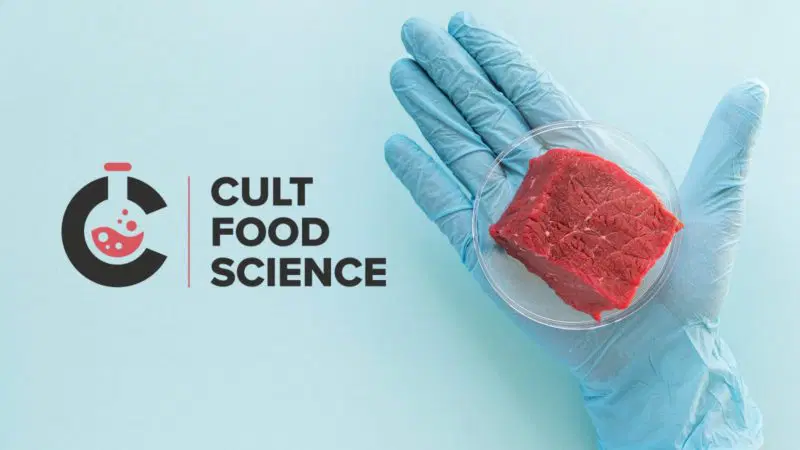NingXianga1YaYaoa1John S.K.YuenJr.aAndrew J.StoutaColinFennellybRyanSylviabAlettaSchnitzlerbShouWongbDavid L.Kaplana
aDepartment of Biomedical Engineering, Tufts University, 4 Colby St., Medford, MA, USA, 02155
bMilliporeSigma, Inc., 400 Summit Drive, Burlington, MA, USA, 1803
Abstract
Biomaterial scaffolds are critical components in cultivated meat production for enabling cell adhesion, proliferation, differentiation and orientation. Currently, there is limited information on the fabrication of edible/biodegradable scaffolds for cultivated meat applications. In the present work, several abundant, naturally derived biomaterials (gelatin, soy, glutenin, zein, cellulose, alginate, konjac, chitosan) were fabricated into films without toxic cross-linking or stabilizing agents. These films were investigated for support of the adhesion, proliferation and differentiation of murine and bovine myoblasts.

These biomaterials supported cell viability, and the protein-based films showed better cell adhesion than the polysaccharide-based films. Surface patterns induced cell alignment and guided myoblast differentiation and organization on the glutenin and zein films. The mechanical properties of the protein films were also assessed and suggested that a range of properties can be achieved to meet food-related goals. Overall, based on adherence, proliferation, differentiation, mechanics, and material availability, protein-based films, particularly glutenin and zein, showed the most promise for cultivated meat applications. Ultimately, this work presents a comparison of suitable biomaterials for cultivated meat applications and suggests future efforts to optimize scaffolds for efficacy and cost.
Read the full article: https://www.sciencedirect.com/science/article/abs/pii/S014296122200299X










